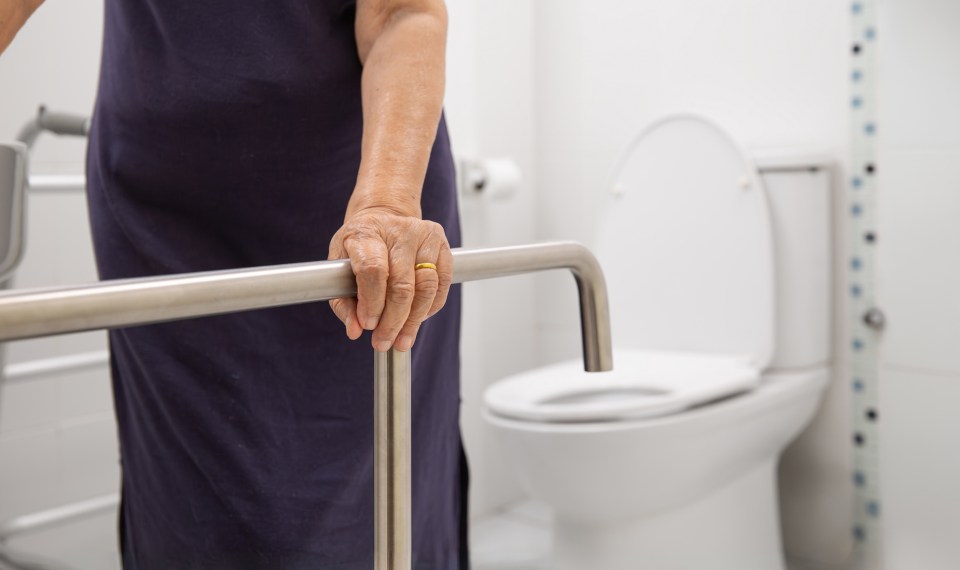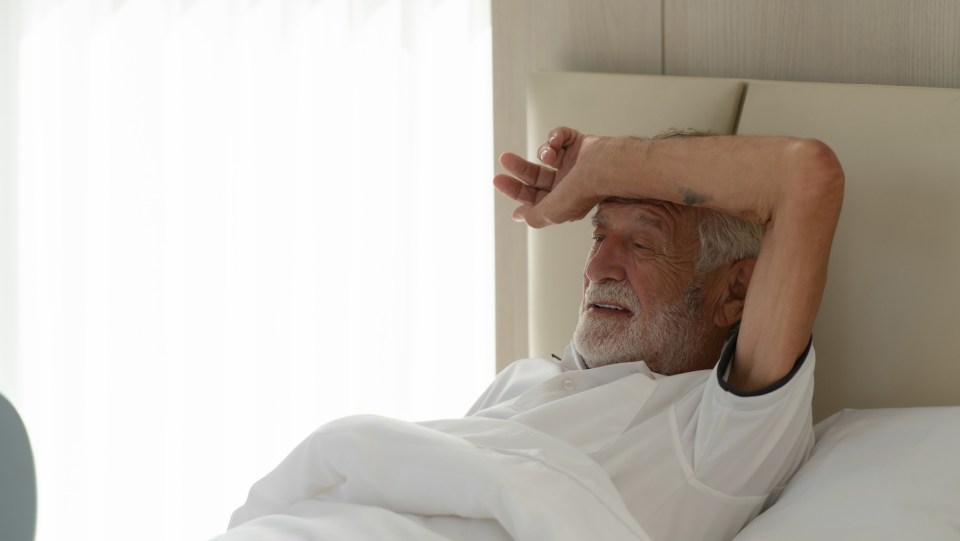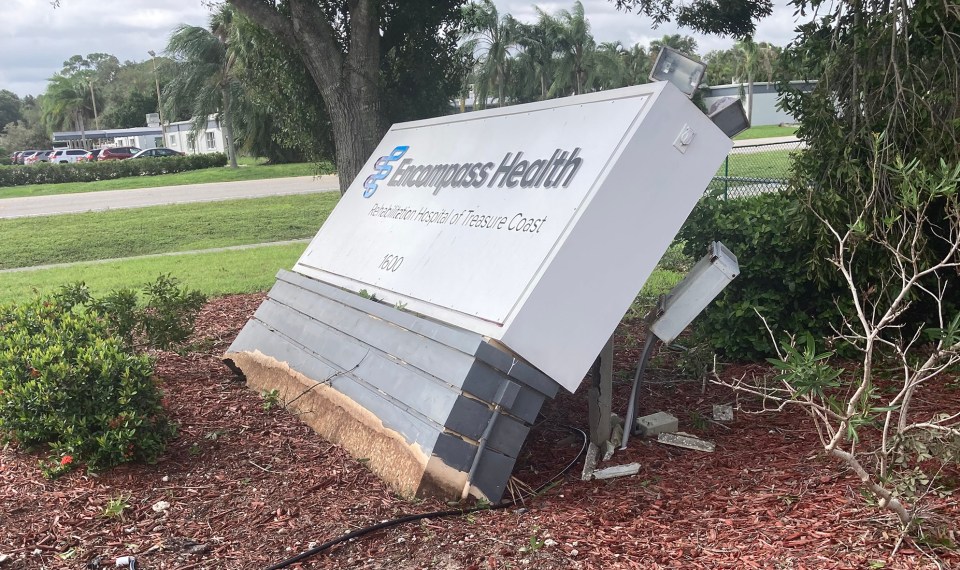Incontinence is a condition that affects many and is common in older adults. It can be isolating for the individual and have a negative impact on their quality of life.
The condition may cause the person to withdraw from social situations and daily tasks that were once meaningful to them.
Occupational therapy can help manage incontinence and enable the individual to get back to the activities they enjoyed before their loss of bladder and bowel control.
While the approach should be customized to the individual, occupational therapy practitioners (OTPs) can use a variety of strategies to help manage incontinence.
Setting Up a Bowel and Bladder Program
One of the most common ways an occupational therapist can help manage incontinence is through a scheduled bowel and bladder program. A bowel and bladder program can have several steps depending on the cause of the incontinence, but most programs focus on routine.
Having the individual go to the bathroom at the same time every day, specifically in the morning to take advantage of the body’s natural response for bowel movements, can help keep a person regular and reduce accidents.
A sample schedule for a bowel program could be:
Start by having the individual attempt to have a bowel movement every four hours
Determine what time is most successful for having a bowel movement and attempt to follow that timing consistently each day
For bladder management, having a schedule to attempt to urinate or to self-catheterize every couple of hours will help to manage urinary accidents and prevent the urge and frequency to go.
A bladder schedule could looks something like this:
Have the individual attempt to urinate when they wake up each morning
Every two hours following that first urination, have them try to go to the bathroom again
Have them attempt to urinate every four hours during the night
Time ranges can increase to longer than every two hours depending on success with the first trial
Hydration and Nutrition Education
Education on hydration and nutrition that affects bowel and bladder function can help patients and their caregivers manage incontinence. OTPs can teach them how certain foods can impact the consistency and frequency of bowel movements, which may influence the stability of a bowel program.
Common foods that can support a bowel program include high fiber foods like:
Beans
Nuts
Seeds
Grains
Fruits
Vegetables
While maintaining hydration is important for overall health, limiting fluid intake before bed can decrease incidences of urinary accidents and the urge to urinate, which disrupts sleep. The individual should stop drinking fluids two hours before bed and try not to drink fluids after they go to bed.
Have a Go Bag
Have your patient and caregiver pack a bag with their incontinence devices to take with them on community outings. Maintaining a bag of items needed to complete a bowel routine can help to decrease some of the stigma and fear associated with incontinence.
Items in this bag could include:
Underwear, briefs and/or incontinence pads
Adaptive toileting hygiene tools such as toileting tongs and portable bidets
Catheters and/or urinals
While the items in the bag may vary, having access to a bag that meets the specific needs of that person can greatly influence their comfort level while they are out in the community. Being able to return to the community and tasks that are meaningful to them with friends and family can greatly improve quality of life.
Preventing Skin Breakdown and Infection
Improper hygiene after a bowel or bladder accident can put the individual at risk for skin breakdown and infections, but there are tools an occupational therapist can equip their patients and caregivers with to help keep them healthy and clean, both at home and on the go.
Education on items such as portable bidets, toileting tongs, telescoping mirrors and extended tissue aids can help the individual and their caregiver better understand how to use these tools and the benefits of them in managing their incontinence.
Implementation of these devices along with techniques for hygiene can help prevent skin breakdown from improper hygiene and decrease the burden on a person with incontinence or their caregivers.
These tools and safe hygiene techniques also diminish the incidences of infections like urinary tract infections, which can lead to a hospital admission, especially for older adults.
Pelvic Floor Exercises
The pelvic floor muscles can weaken over time or after pregnancy or surgery. Strengthening these muscles with pelvic floor exercises can help the individual have better control over their bowel and bladder function. Exercises such as kegels, hip bridges, squats and clamshells can help them strengthen their pelvic floor muscles.
A Team Approach
Care teams often overlook the impact that bowel and bladder incontinence have on a person’s daily life, but it is an important part of addressing a patient’s healthcare needs and overall quality of life.
With an OTP’s focus on completion of self-care skills and improved quality of life, it is the duty of OTPs to be a leader in addressing incontinence, but successful management requires an interdisciplinary approach.
In the inpatient rehabilitation setting, an interdisciplinary team that includes physicians, nurses, case managers and occupational and physical therapists works together to develop an effective bowel and bladder program that is unique to the individual’s needs and addresses the physical, emotional, cognitive and social aspects of incontinence.
Contributing Authors:
Encompass Health Occupational Therapists Marie Balasundram, Brittany Kramer, Chris Lasek and Elyse Fulmer contributed to this report.
The content of this site is for informational purposes only and should not be taken as professional medical advice. Always seek the advice of your physician or other qualified healthcare provider with any questions you may have regarding any medical conditions or treatments.



